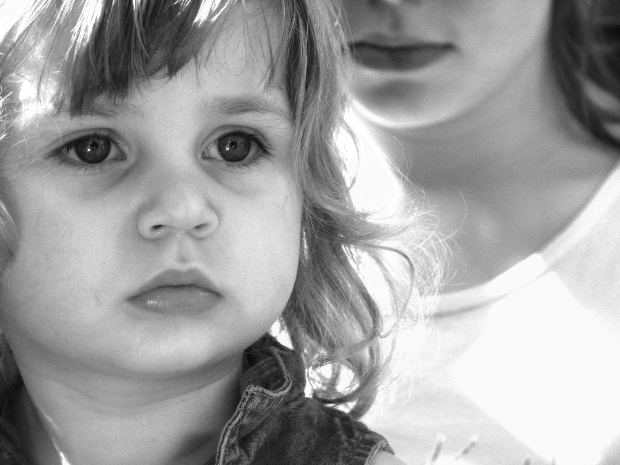I’ve continued my exploration on issues plaguing the children of our world that may not be obvious at ï¬rst sight. In my last post, emotional child abuse was the “silent abuse” I studied.
In this post, child neglect, like emotional child abuse, doesn’t show itself through physical bruising. This “psychological abuse” rears its ugly head in a child’s appearance and actions.
What child neglect is and who it impacts
 Child neglect is deï¬ned as the failure of a parent, guardian or other caregiver to provide for a child’s basic needs.1 Neglect can be considered any of the following:
Child neglect is deï¬ned as the failure of a parent, guardian or other caregiver to provide for a child’s basic needs.1 Neglect can be considered any of the following:
- Physical: Failure to provide necessary food, shelter or supervision.
- Medical: Failure to provide necessary health treatments.
- Educational: Failure to educate a child or attend to special needs.
- Emotional: Failure to attend to a child’s emotional needs, provide psychological care or permitting a child to take part in detrimental activities.2
The U.S. Department of Health & Human Services Administration for Children and Families said that in 2011, there were 676,569 victims of child abuse and neglect. Of the reports, 78.5% were neglect.3 Studies show the majority of child neglect cases are girls and young children.4
How neglect shows itself in a child
Neglect is best observed by individuals in close and frequent contact with a child, most commonly a teacher or school ofï¬cial. These individuals are able to recognize and monitor the different signs that show the presence of neglect, including:
- Clothing that is ill-ï¬tting, dirty or inappropriate for the weather
- Consistently bad hygiene
- Untreated illnesses and physical injuries
- Child is frequently unsupervised or left alone in an unsafe environment
- Child is frequently late or missing from school5
How parents may reveal there is an issue

Children are not the only ones to show signs of neglect. Parents may also reveal that there is an issue in the home. They do this in many ways, including blaming the child for its problems, demanding a level of performance the child cannot achieve or showing little concern for the child. Issues between a parent and child become obvious if the pair rarely touch or look at each other, say they do not like each other or talk of their relationship in a negative matter.
How to help

The ï¬rst step in helping a neglected child is learning to recognize the signs. Then evaluate the situation and recognize any high-risk situations. If a child is being harmed, reporting your ï¬ndings could protect him or her so do not feel guilty about making accusations. Investigate and determine if help is needed.
If you suspect a child is suffering from neglect, report the issue to a local child protective services agency. In the United States, “reasonable suspicion” based on objective
evidence is all that is needed to ï¬le a report.6
Children of any age are in need of love and attention, not neglect. Pay attention to children and nurture them to show you care. They will love you for it and grow to be better people in our world.
1 https://www.childwelfare.gov/pubs/factsheets/whatiscan.pdf
2 https://www.childwelfare.gov/pubs/factsheets/whatiscan.pdf
3 http://www.acf.hhs.gov/sites/default/ï¬les/cb/cm11.pdf
4 http://www.psychologytoday.com/conditions/child-neglect
5 http://www.helpguide.org/mental/child_abuse_physical_emotional_sexual_neglect.htm
6 http://www.americanhumane.org/children/stop-child-abuse/fact-sheets/child-neglect.html

















